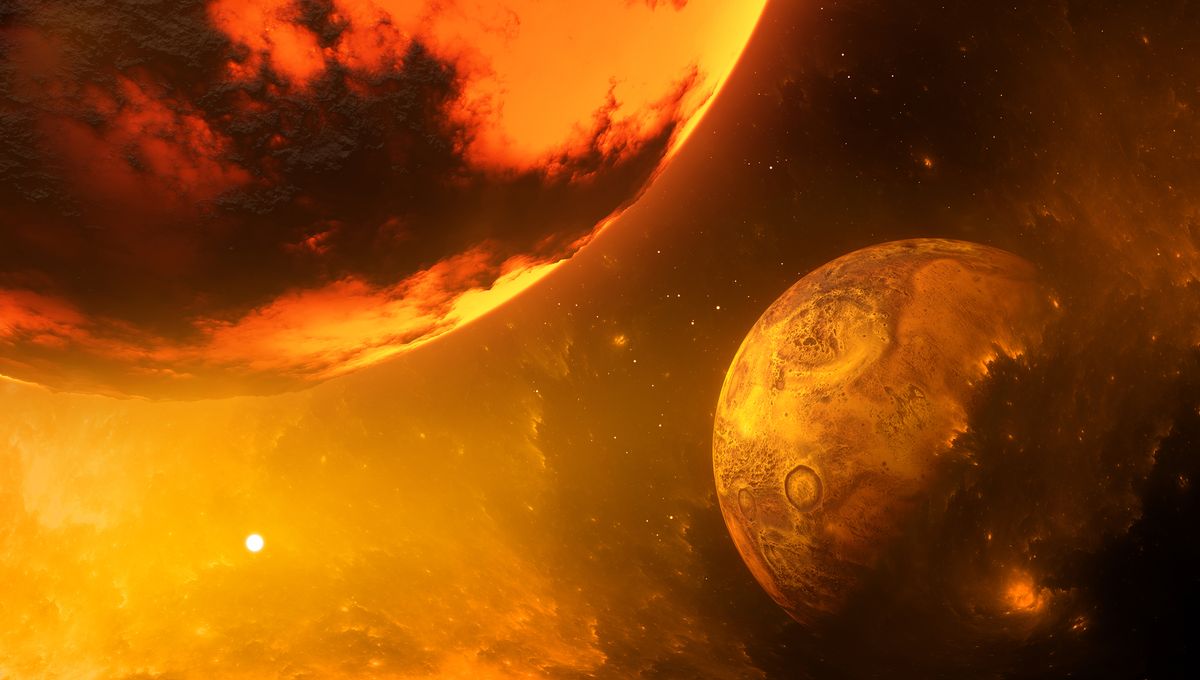
In the most detailed supercomputer simulation yet, an alternative theory has been proposed surrounding how our Moon was first formed. Conducted by researchers from Durham University’s Institute for Computational Cosmology, the simulation suggests Earth’s collision with Theia 4.5 billion years ago may not have been the cause of the Moon’s formation.
Previous simulations have suggested that the collision with the Mars-sized celestial object, Theia, caused a large amount of debris to become trapped in Earth’s orbit. Over time, this debris ring was thought to have slowly combined into one large mass, our Moon.
This model, however, comes into question when looking at the geological composition of the Moon’s surface. Lunar rocks returned from the Apollo mission have a similar isotopic composition as Earth’s mantle. Simulations of the collision with Theia, however, suggest that an impact of that nature would cause the majority of debris to originate from Theia, not Earth. Under this model, the Moon sharing an isotopic composition with Earth is inconsistent.
The team used an open-source simulation code to run hundreds of different impact scenarios. By altering the angle, speed, masses, and rotations of the two objects, they were able to observe which scenarios fit the story of our Moon’s formation closest, concluding that immediate formation following a giant impact might be the most likely.
“This opens up a whole new range of possible starting places for the Moon’s evolution,” Jacob Kegerreis, lead researcher of the study, said in a statement. “We went into this project not knowing exactly what the outcomes of these very high-resolution simulations would be. So, on top of the big eye-opener that standard resolutions can give you wrong answers, it was extra exciting that the new results could include a tantalizingly Moon-like satellite in orbit.”
This immediate-satellite theory implies an entirely different internal structure to our Moon and could prompt new lines of investigation into the inner workings of our planet’s trusty satellite.
The study is published in Astrophysical Journal Letters.
Source Link: The Moon May Have Formed Instantly From An Unknown Mass Collision